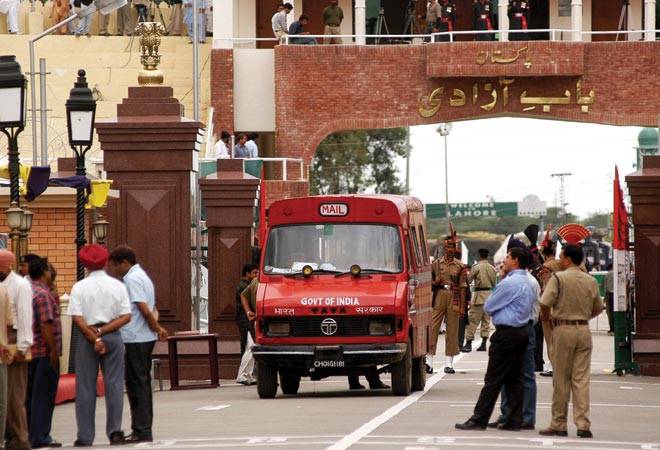Explained: Already low, how India-Pakistan trade nearly collapsed in 2019

Indian Express - 20 January 2020
Explained: Already low, how India-Pakistan trade nearly collapsed in 2019
By: Express News Service
Tensions between India and Pakistan in 2019 have reduced the already low volumes of trade between the two countries to near zero.
Following the terrorist attack on the CRPF convoy in Pulwama in February, India withdrew Most Favoured Nation (MFN) status for Pakistan and raised customs duty on Pakistani imports to 200% and, in April, suspended cross-LoC trade to stop the misuse of this route by Pakistan-based elements. Pakistan on its part, closed its airspace to India for a prolonged period.
The decisions by both countries, while targeted at hurting the neighbour, have severely impacted livelihoods of individuals and families involved in cross-border trading activities, says a report, Unilateral Decisions Bilateral Losses: Assessing the Impact of the Face-off between India and Pakistan in 2019, on Border Economies, released in New Delhi on January 16.
The report, by Afaq Hussain and Nikita Singla of the thinktank Bureau of Research on Industry and Economic Fundamentals (BRIEF), has used field research in Punjab and Jammu & Kashmir to assess the “micro level impact” of the decisions by the two governments. Snapshots from the report:
India-Pakistan trade, in the beginning
In 1948-49, about 56% of Pakistan’s exports were to India, and 32% of its imports came from India. From 1948-65, India and Pakistan used a number of land routes for bilateral trade; there were eight customs stations in Pakistan’s Punjab province and three customs checkposts in Sindh.
India remained Pakistan’s largest trading partner until 1955-56. Between 1947 and 1965, the countries signed 14 bilateral agreements on trade, covering avoidance of double taxation, air services, and banking, etc. In 1965, nine branches of six Indian banks were operating in Pakistan.





